I don’t want to take this exclusive status away from our loyal friend the dog, but humans in the Neolithic also domesticated, albeit involuntarily, an invisible companion creature that has played a primordial role in the development of our civilization and culture. It doesn’t protect livestock from predators or help in the hunt, but it does provide us with bread, wine and… beer.
Would human history have been different without fermented beverages? No doubt. Human society and its creative manifestations arose in the context of meetings of the community in which alcoholic beverages were shared in freewheeling events (banquets, orgies, etc.) and in others with ceremonious rituals (libations, the eucharist, etc.). They supplied the courage needed to take momentous decisions, such as in war and love. In a way, we are here in part thanks to invisible yeasts.
What are yeasts in reality? Although we have been domesticating them for thousands of years, until the second half of the 19th century, thanks to the studies of Pasteur and his colleagues, we didn’t know who was behind the magic of alcoholic fermentation. Yeasts are unicellular microorganisms, but they are not bacteria like the majority of microbes but rather fungi. From the biological standpoint, they have more in common with mushrooms than with any other living being visible to the naked eye. To be more precise, they are closer relatives of truffles and morels (ascomycete mushrooms) than of mushrooms (basidiomycetic fungi). Yeasts travel on dust and on the legs of insects. Their role in nature is to ferment the sugars of ripe fruit, which diversifies the richness in volatile chemical compounds whose aromas attract sweet-toothed animals who eat them and disperse their seeds. Therefore, there is an enormous variety of yeasts in the environment, on the skin of any fruit, on tree bark, in the soil, etc. In short, in the human being’s environment.
Yeasts reproduce vegetatively through budding, taking just two or three hours under optimal conditions to form a bud, which will grow until it is almost the size of its mother before leaving home. The buds grow on the “poles” of the ovoid cell. Each time a yeast reproduces, a “bud scar” is left behind in the form of a pit on one of the mother yeast’s poles. The only way to determine the age of a yeast mother cell is to use a microscope to count its scars, which can number over thirty before the cell ages and dies. Division by budding is what occurs when they work in the beer brewing process. But its life is not all work and alcohol: there is also sex.
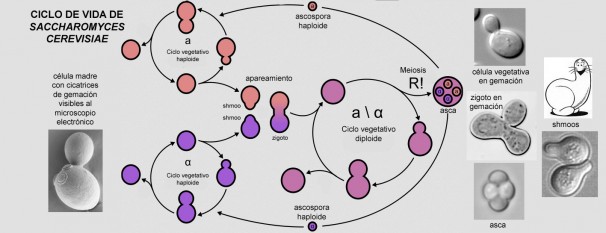
Like most fungi, they can develop a sexual cycle. When yeast has food, such as the sugars in malt, it reproduces vegetatively through budding. This is mostly what takes place during the fermentation process. But when a yeast cell is without nutrients, starved, especially under conditions where it lacks a nitrogen source (amino acids or ammonium salts), it undergoes sporulation. This consists of formation of acscospores, which are initially confined to the cell wall of the original cell, creating an “ascus” or “tetrad”. This involves the same complex process that the cells of our reproductive system responsible for forming gametes, known as gametogenesis, undergo: meiosis with the production of four haploid cells that have shuffled their genes according to Mendel’s laws. The tiny spores, perfectly spherical and more resilient than a normal yeast, will endure without metabolic activity until they find an appetizing substrate. In nature, this means that they will wait until a bird or an insect carries them to a nutrient-rich ripe fruit.
The spores, just like our sperm cells and ovules, are haploid, that is, they carry only one copy of the genome. But unlike our gametes, they are capable of germinating and reproducing themselves vegetatively through budding, just like their mother (in other words, like their original diploid parent), provided that they have food in abundance. For how long? Until love enters their life. The haploid yeasts have two genders, or mating types, “a” and “α”. In this, they are more advanced than we are, because gender equality is total. I have been looking at them every day under a microscope, and I can assure you that it’s impossible to tell them apart. In each ascus generated from a diploid yeast, there are two ascospores “a” and another two “α” (Mendelian inheritance never fails). The haploids resulting from germination of the spores produce and secrete a specific pheromone of their mating type capable of exciting the mating programme in the opposite mating type. When an “a” yeast perceives the “α” pheromone (or vice versa), it feels the call of love and forgets to eat and grow. In this respect we are alike. Instead of budding, it sends out a mating projection in the direction of the pheromone. Mating yeasts take on a characteristic pear shape that North American researchers in the 1950s decided to call a “shmoo” in honour of the lovable animal created by cartoonist Al Capp for the comic strips that appeared in newspapers of the day. As this process is mutual, when two cells of the opposite mating type “sense” the pheromones, their elongated projections grow until they find each other and join together at their apexes. In this way, the cells merge to create a diploid zygote that will go back to producing diploid vegetative cells capable of budding, thereby closing the circle. Now you know about the sex life of yeast.
Thanks to this sexual cycle and how easily it can be manipulated genetically in the laboratory, over the course of the 20th century, in the hands of scientists interested in Mendel’s genetic inheritance laws, it became a key research model that culminated in 1996 when the genome of Saccharomyces cerevisiae (“sugar fungus of beer” in Latin according to Linnaeus) was the first complex non-bacterial organism to have its DNA sequence deciphered. This favoured massive development of research strategies based on yeast that have allowed us to study biological phenomena of interest in biomedicine, such as the molecular bases of cancer, to cite an example that led to geneticist Leland Hartwell receiving the Nobel Prize in 2001. All genetic and molecular information about brewing yeast is included in the SGD portal (Saccharomyces Genome Database), whose encyclopaedic content is strictly for molecular and genomic biology insiders. Furthermore, by introducing the genes of other organisms, we can produce proteins of therapeutic interest in it. The insulin used by diabetics or the vaccines for hepatitis B or papilloma, for example, are produced by strains of Saccharomyces cerevisiae that biotechnologists have modified for this purpose. Bread, beer, cider, wine, vaccines, drugs… It is indeed man’s best friend.
Having said this, I will make two necessary clarifications for beer culture. The first: don’t worry! Genetically modified organisms are prohibited in the food industry and, although biotechnologists find it appealing to modify yeasts “a la carte” to improve fermentation and aromas, in the specific case of beer, natural selection over the centuries of domestication has given us optimal strains of yeast that define each and every one of the beer styles we enjoy. What more do we want? There’s no need to manipulate anything.
The second clarification: beer strains, unlike those found in nature, hardly undergo the sexual cycle, as that would be detrimental to the genetic stability that guarantees controlled fermentation to the brewer. Brewers do not like it at all when yeasts waste time recombining their genes instead of working. Genetic stability is a great virtue in the brewing industry. In other words, domestication has led to a limitation of the genetic recombination linked to the sexual cycle. In solidarity with the monks who kept the art of brewing beer alive in the Middle Ages, brewing yeasts are celibate.
To summarize, well before the emergence of genetics as a science, control of breeds and selection of hybrids had been done empirically in agriculture, livestock raising, companion animals and, unconsciously, in breweries. Brewers have also selected the stable yeast strains and hybrids best suited to each type of fermentation. Today we know that using selected and controlled strains is essential for brewing quality beer. Reusing the same yeast from one batch to another over successive fermentation processes carries the risk of altering its characteristics. Knowing and pampering yeast, our favourite microorganism, the essential phantom ingredient that the German Purity Law of 1516 knew nothing of, the invisible magic of fermentation, is the best-kept secret of its master, the brewer.





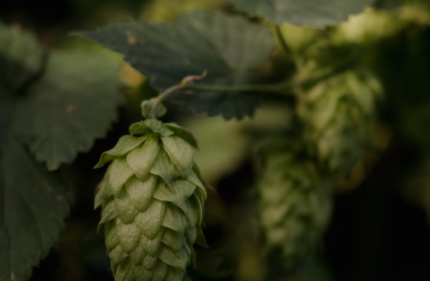
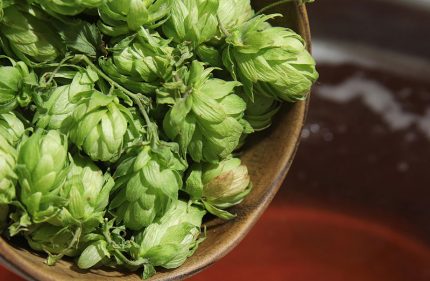

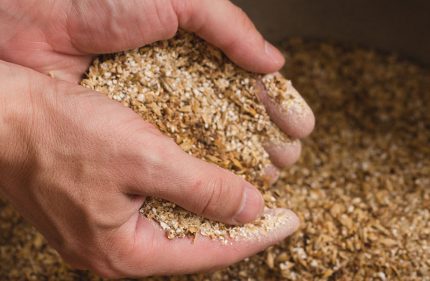
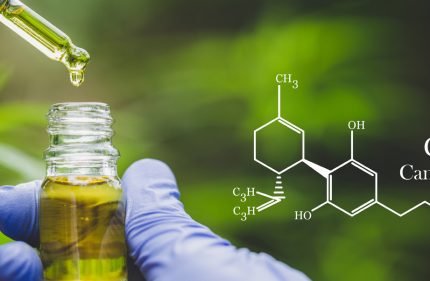
Comments